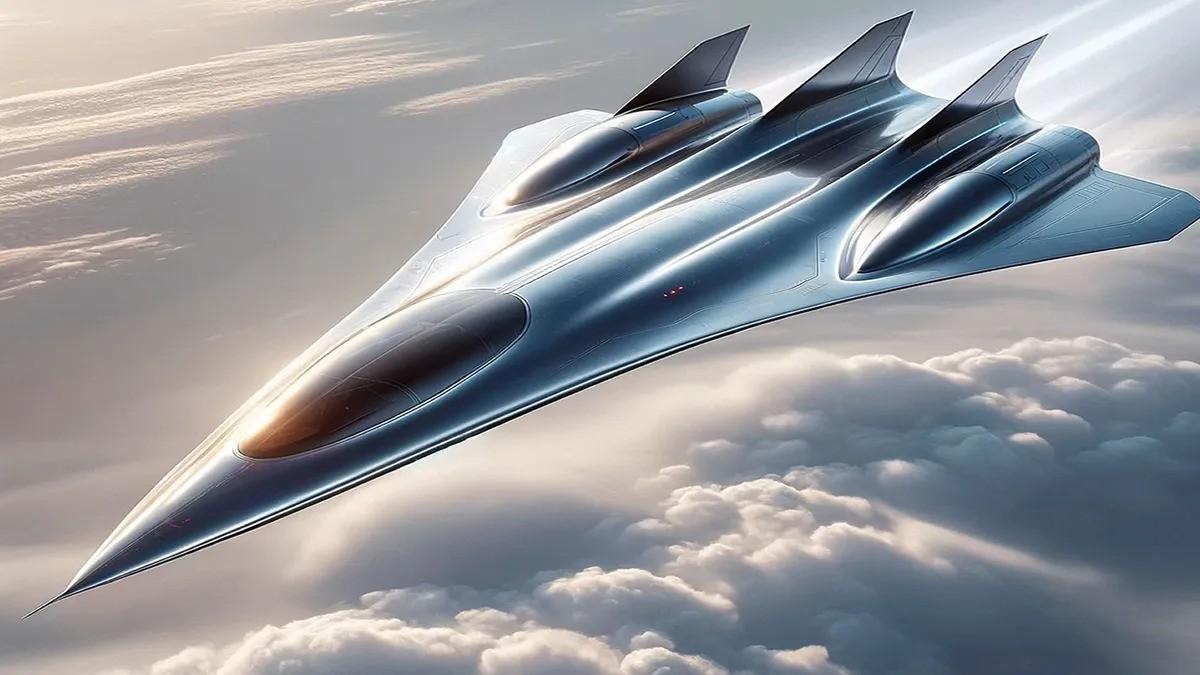Scientists at Guangzhou University’s School of Materials Science and Engineering in China have created an amazing ceramic material called 9PHEB. This material is different because it is both very strong and good at keeping things warm or cool. It could be very useful in things like airplanes, energy production, and chemical engineering, especially when things get really hot, like when a super-fast airplane is flying.
Ceramic materials that have tiny holes in them are popular for keeping heat away because they are light, don’t react with chemicals, and don’t let heat pass through easily. But making a material that is both strong and good at insulation is hard.
Regular holey materials often become weak and smaller when it gets very hot, making them not so great for airplanes. The team at Guangzhou University fixed this problem by creating a new ceramic material, 9PHEB, which has a special design that works on different scales.
9PHEB, a 9-cation porous high-entropy diboride, is created by combining nine cationic components based on the high-entropy concept. The ceramic demonstrated exceptional dimensional and strength retention up to 2,000 degrees Celsius, making it well-suited for extreme conditions.
Despite having around 50% porosity, 9PHEB maintains a remarkable compressive strength of approximately 337 MPa at room temperature—significantly stronger than previous porous ceramics.
In insulation and thermal stability tests, 9PHEB retained 98.5% of its strength at temperatures as high as 2,732 degrees Fahrenheit (1,500 degrees Celsius). Unlike traditional ceramics, it displayed plastic deformation at 3,632 degrees Fahrenheit (2,000 degrees Celsius), doubling its initial strength to 690 MPa.
The material’s unique properties stem from its multiscale design, featuring ultrafine pores at the microscale, high-quality nanoscale interfaces, and atomic-scale lattice distortion. With 92% of its pores measuring only 0.8 to 1.2 micrometers, the ceramic provides unmatched thermal insulation. Strong, defect-free nanoscale connections boost mechanical strength, while atomic-scale lattice distortion enhances stiffness and reduces thermal conductivity.
Researchers highlighted the material’s suitability for extreme conditions, making it applicable across aerospace, energy, and chemical engineering industries. Its ability to withstand high temperatures, maintain structural integrity, and offer exceptional thermal insulation opens new possibilities for applications in hypersonic aircraft and other demanding environments. Overall, 9PHEB represents a significant advancement in materials science with broad-ranging implications for diverse industries.

